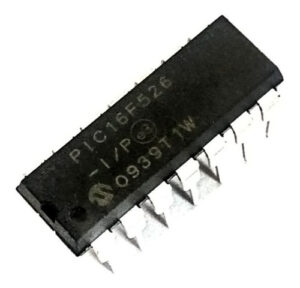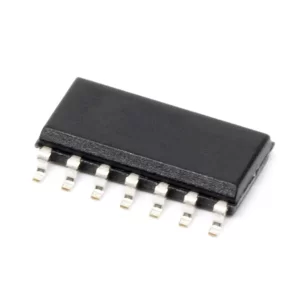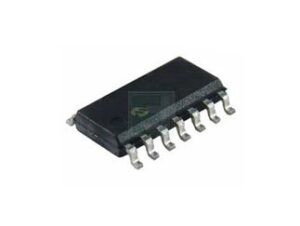 Reverse Engineering Microcontroller PIC16F526 Binary
Reverse Engineering Microcontroller PIC16F526 Binary
Reverse engineering the binary of a microcontroller, such as the PIC16F526, is a process used to break down or crack the firmware and software embedded within the device. This technique is often applied in a variety of fields, from security analysis to legacy system restoration. In this article, we will explore how reverse engineering works on the PIC16F526 microcontroller and the key steps involved in recovering protected or encrypted software.
What is Reverse Engineering a PIC16F526?
Reverse engineering a microcontroller like the PIC16F526 involves extracting and decoding the firmware stored in the device’s flash memory or EEPROM memory. The main goal is to recover or restore the source code that controls the microcontroller’s behavior. Often, this binary is encrypted or locked to prevent unauthorized access, making it challenging to directly access the program or heximal data.
Breaking the Protection
One of the key challenges when reverse engineering the PIC16F526 binary is dealing with protected firmware. Manufacturers often encrypt the software or firmware to prevent attackers from gaining access to proprietary code or system secrets. To decrypt the firmware, attackers might use various techniques, such as attacking the microcontroller’s security features, exploiting hardware vulnerabilities, or using software-based tools that can bypass security measures.
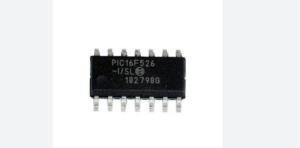
Обратное проектирование двоичного кода микроконтроллера, такого как PIC16F526, представляет собой процесс, используемый для взлома встроенного в устройство программного обеспечения и прошивки. Этот метод часто применяется в различных областях: от анализа безопасности до восстановления устаревших систем. В этой статье мы рассмотрим, как работает обратное проектирование на микроконтроллере PIC16F526, а также основные этапы восстановления защищенного или зашифрованного программного обеспечения.
Extracting the Binary
Once the protection is bypassed, the next step is to extract the binary code stored in the flash memory. Specialized tools can read the heximal data from the microcontroller’s memory and output it in a usable format. At this point, the binary may need to be decoded to understand its structure, as it could include encrypted or obfuscated data. Software such as disassemblers or decompilers may be used to decode the binary into an intermediate assembly code or even reconstruct the source code in higher-level languages.
Recovering and Modifying the Program
In cases where the goal is to restore or update the program, engineers may modify the source code after reverse engineering the microcontroller. This is common in situations where legacy systems need upgrading or customization, and the original source code is no longer available. Once modifications are made, the new firmware can be reflashed back into the microcontroller, restoring the updated functionality.
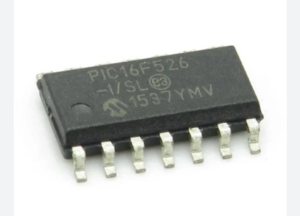
مهندسی معکوس باینری یک میکروکنترلر، مانند PIC16F526، فرآیندی است که برای خراب کردن یا شکستن سفتافزار و نرمافزار تعبیهشده در دستگاه استفاده میشود. این تکنیک اغلب در زمینه های مختلفی از تجزیه و تحلیل امنیتی گرفته تا بازیابی سیستم قدیمی استفاده می شود. در این مقاله، نحوه عملکرد مهندسی معکوس بر روی میکروکنترلر PIC16F526 و مراحل کلیدی مربوط به بازیابی نرم افزارهای محافظت شده یا رمزگذاری شده را بررسی خواهیم کرد.
Applications of Reverse Engineering PIC16F526
Reverse engineering the PIC16F526 binary can serve multiple purposes. It’s often used to analyze system vulnerabilities, recover lost or inaccessible firmware, and enhance system performance. In some cases, this process is also crucial in understanding how a device works, for example, in cracking a proprietary algorithm or unlocking hidden features.
Conclusion
Reverse engineering the binary of a microcontroller like the PIC16F526 is a powerful tool for developers, security analysts, and engineers. By using techniques to break protections, decrypt encrypted data, and recover the original source code, the process enables greater flexibility in working with hardware. However, the ethical and legal considerations surrounding reverse engineering should always be taken into account, as unauthorized cracking or modifying of software can have legal ramifications.
We can Reverse engineering Microcontroller PIC16F526 Binary, please view the Microcontroller PIC16F526 features for your reference:
High-Performance RISC CPU:
· Only 33 Single-Word Instructions
· All Single-Cycle Instructions except for Program Branches which are Two-Cycle
· Two-Level Deep Hardware Stack
· Direct, Indirect and Relative Addressing modes for Data and Instructions
· Operating Speed:
– DC – 20 MHz crystal oscillator
– DC – 200 ns instruction cycle
· On-chip Flash Program Memory:
– 1024 x 12
· General Purpose Registers (SRAM):
– 67 x 8
· Flash Data Memory:
– 64 x 8
Special Microcontroller Features:
· 8 MHz Precision Internal Oscillator when Break IC PIC16F610 Binary
– Factory calibrated to ±1%
· In-Circuit Serial Programming™ (ICSP™)
· In-Circuit Debugging (ICD) Support
· Power-On Reset (POR)
· Device Reset Timer (DRT)
· Watchdog Timer (WDT) with Dedicated On-Chip RC Oscillator for Reliable Operation
· Programmable Code Protection
· Multiplexed MCLR Input Pin
· Internal Weak Pull-ups on I/O Pins
· Power-Saving Sleep mode
· Wake-Up from Sleep on Pin Change
· Selectable Oscillator Options:
– INTRC: 4 MHz or 8 MHz precision Internal RC oscillator
– EXTRC: External low-cost RC oscillator
– XT: Standard crystal/resonator
– HS: High-speed crystal/resonator
– LP: Power-saving, low-frequency crystal
– EC: High-speed external clock input
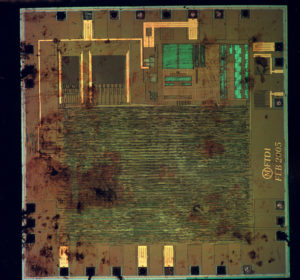
Reverse Engineering Microcontroller PIC16F526 Binary
Low-Power Features/CMOS Technology:
· Standby current:
– 100 nA @ 2.0V, typical
· Operating current:
– 11 mA @ 32 kHz, 2.0V, typical
– 175 mA @ 4 MHz, 2.0V, typical
· Watchdog Timer current:
– 1 mA @ 2.0V, typical
– 7 mA @ 5.0V, typical
· High Endurance Program and Flash Data Memory cells:
– 100,000 write Program Memory endurance to Recover MCU 12F508 Code
– 1,000,000 write Flash Data Memory endurance
– Program and Flash Data retention: >40 years
· Fully Static Design
· Wide Operating Voltage Range: 2.0V to 5.5V:
– Wide temperature range
– Industrial: -40°C to +85°C
– Extended: -40°C to +125°C
Peripheral Features:
· 12 I/O Pins:
– 11 I/O pins with individual direction control
– 1 input-only pin
– High current sink/source for direct LED drive
– Wake-up on change
– Weak pull-ups
· 8-bit Real-time Clock/Counter (TMR0) with 8-bit Programmable Prescaler
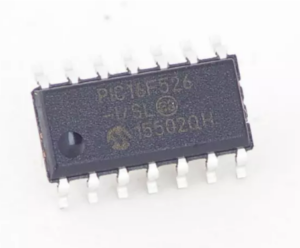
การวิศวกรรมย้อนกลับไบนารีของไมโครคอนโทรลเลอร์ เช่น PIC16F526 เป็นกระบวนการที่ใช้ในการทำลายหรือแคร็กเฟิร์มแวร์และซอฟต์แวร์ที่ฝังอยู่ในอุปกรณ์ เทคนิคนี้มักใช้ในหลากหลายสาขา ตั้งแต่การวิเคราะห์ความปลอดภัยไปจนถึงการกู้คืนระบบเก่า ในบทความนี้ เราจะสำรวจวิธีการทำงานของวิศวกรรมย้อนกลับบนไมโครคอนโทรลเลอร์ PIC16F526 และขั้นตอนสำคัญที่เกี่ยวข้องกับการกู้คืนซอฟต์แวร์ที่ได้รับการป้องกันหรือเข้ารหัส
· Two Analog Comparators:
– Comparator inputs and output accessible externally
– One comparator with 0.6V fixed on-chip absolute voltage reference (VREF) by Unlock Microcontroller
– One comparator with programmable on-chip voltage reference (VREF)
· Analog-to-Digital (A/D) Converter:
– 8-bit resolution
– 3-channel external programmable inputs
– 1-channel internal input to internal absolute 0.6 voltage reference
